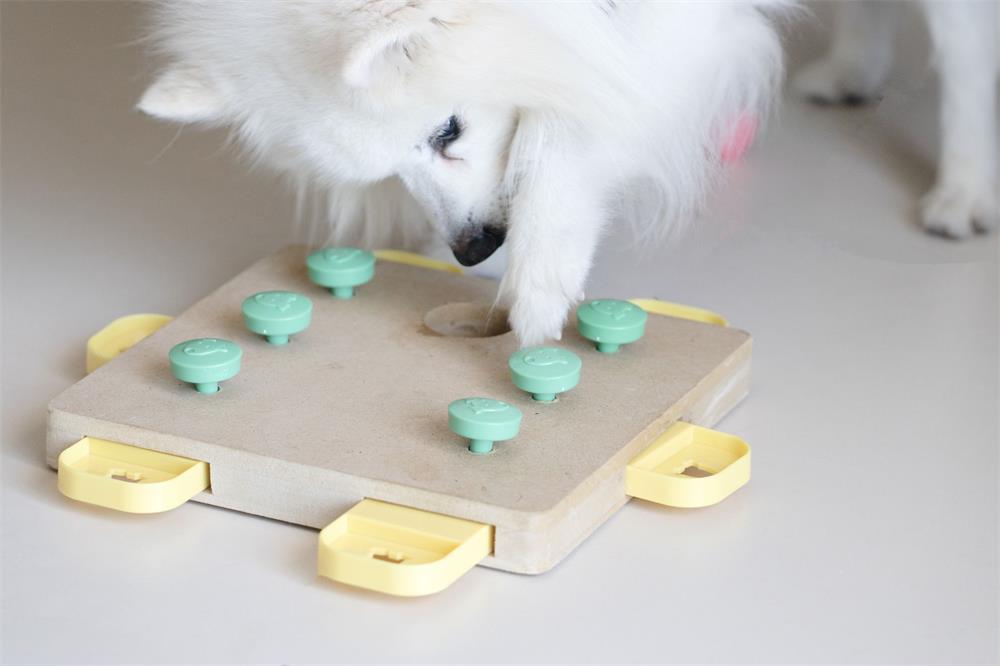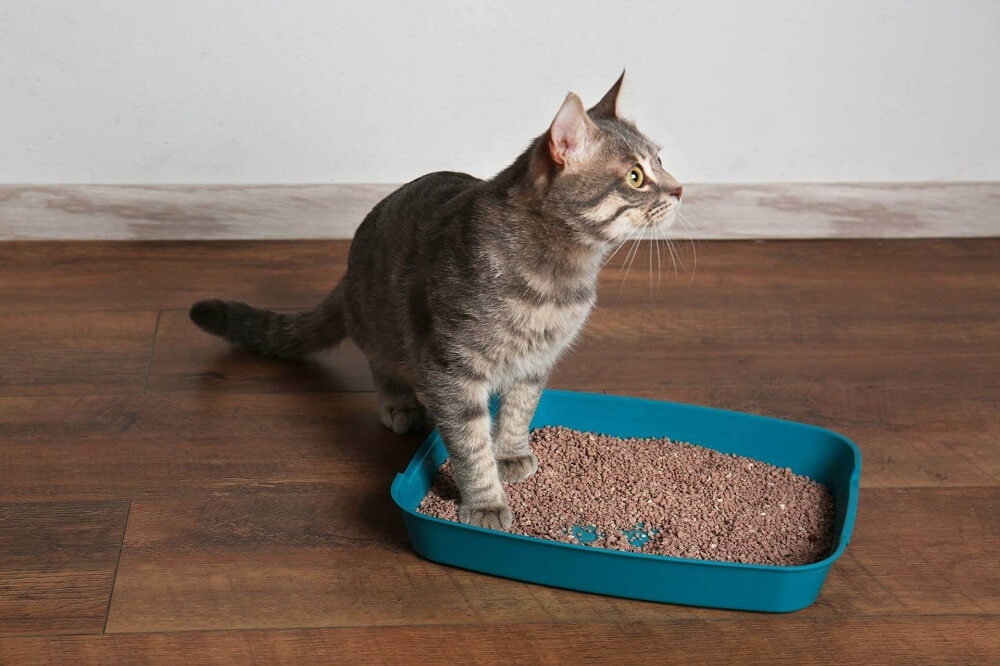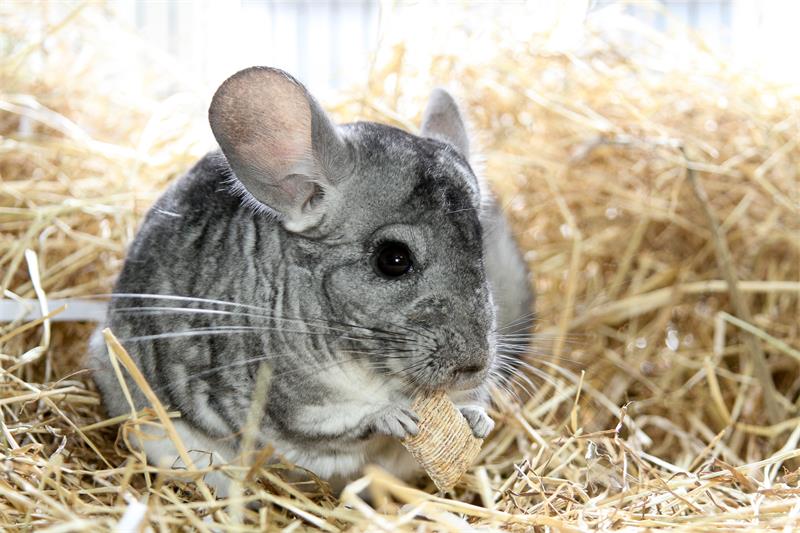If you love cats but suffer from allergies, you may wonder if there is any way to enjoy having a furry friend without sneezing, itching, or wheezing. Cat allergies are very common, affecting about 10% of the U.S. population. They are caused by an immune system reaction to proteins in the cat’s saliva, urine, and dander (dried flakes of skin). These proteins can trigger symptoms such as:
- coughing and wheezing
- hives or a rash on the chest and face
- red, itchy eyes
- redness of the skin where a cat has scratched, bitten, or licked you
- runny, itchy, stuffy nose
- sneezing
Some people may also have severe asthma attacks after coming in contact with a cat. The symptoms of cat allergies can vary in severity and frequency, depending on the person’s sensitivity and exposure to the allergen.
How to Diagnose Cat Allergies
If you suspect that you have a cat allergy, you should consult your doctor for confirmation. Your doctor can perform a skin or blood test to check for specific antibodies to cat allergens. However, these tests are not always accurate, so your doctor may also ask you to try living without a cat for a few months to see how it affects your symptoms.
How to Treat Cat Allergies
There is no cure for cat allergies, but there are ways to manage them and reduce their impact on your quality of life. Some of the options include:
- Medications. You can take over-the-counter or prescription antihistamines, decongestants, nasal sprays, or eye drops to relieve your symptoms. Some people may also benefit from allergy shots or immunotherapy, which involves gradually exposing your body to small doses of cat allergens to build up tolerance.
- Avoidance. The best way to prevent cat allergies is to avoid contact with cats and their dander. This means keeping cats out of your home or at least out of your bedroom, washing your hands after touching a cat, and using a high-efficiency particulate air (HEPA) filter in your home to trap airborne allergens.
- Hygiene. You can also reduce the amount of cat allergens in your environment by keeping your cat clean and well-groomed. Brushing your cat regularly can help remove loose hair and dander, and bathing your cat once a week can reduce the amount of saliva on its fur. You should also wash your bedding, curtains, carpets, and furniture frequently to remove any traces of cat dander.
How to Choose a Hypoallergenic Cat
Some people may think that certain breeds of cats are hypoallergenic, meaning they do not cause allergic reactions. However, this is not true. All cats produce allergens, regardless of their breed, hair length, or shedding frequency. Some cats may produce fewer allergens than others, but there is no guarantee that they will not trigger your symptoms.
If you are determined to have a cat despite your allergies, you may want to consider adopting an adult cat instead of a kitten. Adult cats have already developed their personalities and grooming habits, so you can better assess how much they shed and how often they lick themselves. You can also spend some time with the cat before adopting it to see how you react to it.
Another option is to get a female or neutered male cat. These cats tend to produce fewer allergens than intact males because they have lower levels of testosterone. However, this does not mean that they are completely safe for people with allergies.
How to Benefit from Cat Allergy Vaccines
A more promising solution for cat allergies may be the development of vaccines that target the source of the problem: the Fel d 1 protein. Several experimental vaccines have been tested in clinical trials with promising results.
One vaccine called Cat-PAD uses peptide immunotherapy to train the immune system not to overreact to Fel d 1. A pilot study showed that this vaccine can reduce the systemic immune response and symptoms of allergic rhinitis in individuals allergic to cats. The vaccine requires only four injections over a three-month period and has fewer side effects than conventional immunotherapy.
Another vaccine called HypoCat is designed to neutralize Fel d 1 in cats themselves. The vaccine stimulates the cat’s immune system to produce antibodies that bind to Fel d 1 and prevent it from triggering allergic reactions in humans. A study showed that this vaccine can reduce the amount of Fel d 1 in cat saliva and fur by more than 90%. The vaccine is safe and well-tolerated by cats and may be available in the market by 2023.
Conclusion
Cat allergies are a common problem for many people who love cats. They are caused by an immune system reaction to proteins in the cat’s saliva, urine, and dander. The symptoms can range from mild to severe and can affect different parts of the body.
There is no cure for cat allergies, but there are ways to treat them and reduce their impact on your life. You can take medications, avoid contact with cats and their dander, and keep your cat and your home clean and free of allergens. You can also try to find a cat that produces fewer allergens than others, but remember that there is no such thing as a hypoallergenic cat.
If you have a cat allergy, you should consult your doctor for diagnosis and treatment. You should also weigh the benefits and risks of having a cat in your life. While cats can provide companionship, comfort, and joy, they can also cause discomfort, distress, and health problems for people with allergies. You should make an informed decision based on your personal situation and preferences.
You may also want to keep an eye on the development of cat allergy vaccines that may offer a more effective and long-lasting solution for your problem. These vaccines aim to either desensitize your immune system to Fel d 1 or eliminate it from your cat’s body. They may soon become available in the market and change the lives of millions of cat lovers around the world.







